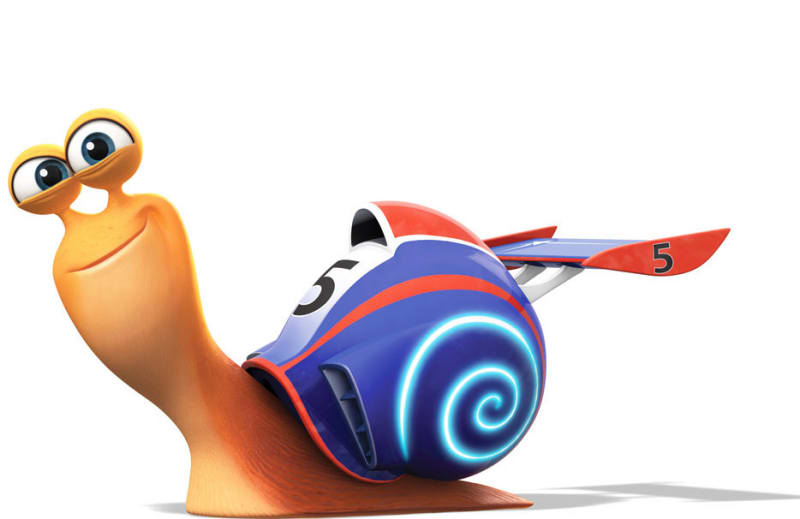Alan Lowbands
Aerospace
Hi,
I was hoping someone may be able to help.
I need to find a way to track small objects in long grass.
The tag or transmitter has to be able to be mounted on a snails shell and needs to be detectable within a few metres.
I have looked at RFID and NFC tags but there either too big or don't have the range.
As a mechanical engineer I haven't a clue if this is possible or not.
I'm not mad, it's a school science project.
Any help would be really appreciated.
thanks
Alan
I was hoping someone may be able to help.
I need to find a way to track small objects in long grass.
The tag or transmitter has to be able to be mounted on a snails shell and needs to be detectable within a few metres.
I have looked at RFID and NFC tags but there either too big or don't have the range.
As a mechanical engineer I haven't a clue if this is possible or not.
I'm not mad, it's a school science project.
Any help would be really appreciated.
thanks
Alan


![[wink] [wink] [wink]](/data/assets/smilies/wink.gif) You're not going to control and area even close to the size of a backyard with any passive solution.
You're not going to control and area even close to the size of a backyard with any passive solution.